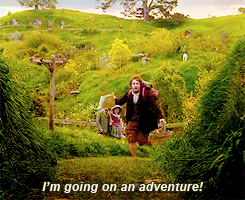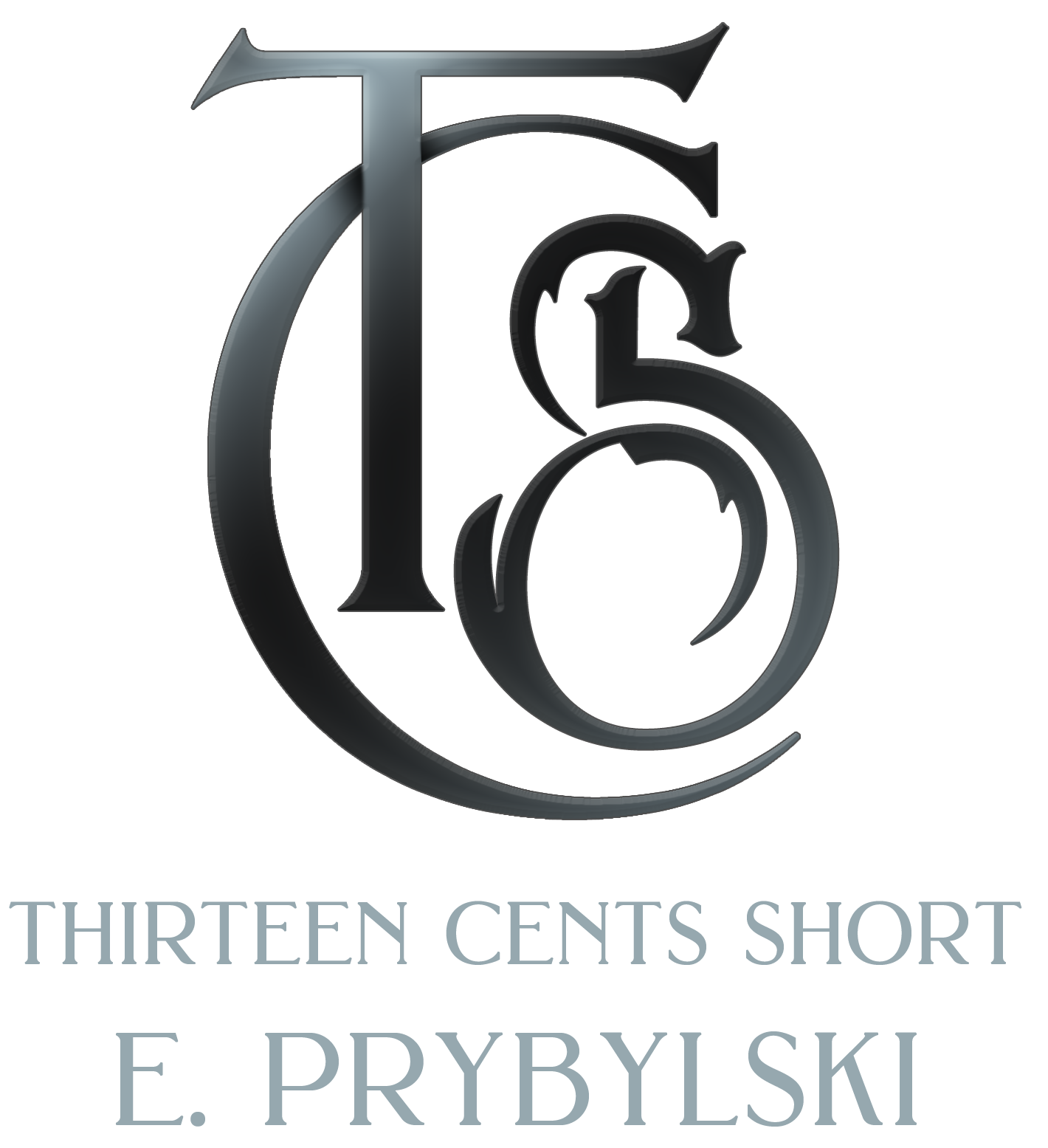I am slowly starting to get back into the swing of things after my surgery and am finally beginning to have enough brain that I can think. Since I’m doing a talk on this subject for my Discord writing group this week, I figured I’d revisit the Beat Sheet and story structure. I’ve done several articles on the subject, including a series where I broke down Avatar the Last Airbender into the beats to show how series structure can work. But I was reviewing my original Beat Sheet post and realized some of my thinking has changed.
As such, it’s time to update and refresh that thought process!
For those who don’t know, the Beat Sheet is a formula created by screenwriting mastermind, Blake Snyder and is explained in its totality in his book, Save the Cat. I admit to not having read the book because I was able to internalize the concepts without purchasing it after encountering the book many years after learning story structure in college courses, but I encourage folks to buy and read it if you are less familiar. The reason for this is as follows:
Story structure is the most important thing you can learn as a writer.
Structure will cover over a lot of mistakes and carry readers through your story, keeping them engaged in your plot and continually drawing them forward. Your first peek behind the curtain into really understanding how stories are told should be learning structure.

The above chart does not plot every single beat on the Beat Sheet, but looking at it you can see the shape of the story structure I advocate for. It is how I write and has resulted in novels readers regularly describe as “un-put-down-able.” Why? Because I know when to raise tension, release tension, and then jack it up again to feverish heights.
The chart above is my unique and personal belief of how stories are shaped and differs from others you may find online, but it is what has worked for me. Looking at that, you will see the names are from the Beat Sheet which I will explain further below.
The Beats

Opening Image: This is the first contact readers have with your story. It is a snapshot of the “before” times displaying the character(s) life before the story takes place. This may not be very long (a few paragraphs is sometimes enough to create this image).
Set-Up: The portion of the story where you introduce the main character(s) and show their lives as well as setting up elements of the plot. It’s also where we start to learn a little about the main character(s). If it sounds like it is part of the Opening Image, that’s because it’s very close and often intertwined.
Theme Stated: This element is where you display what the real arc of your story is going to be. You introduce some of the elements that will carry through the plot overall (things like family, grief, change, etc.). These are the big meta elements of your story and should be broad concepts.
Catalyst: At this point in the story, the plot really kicks off. It’s the moment when the main character(s) come into contact with the thing that will shake their world and change it. Whether it’s a character in a romance meeting their future partner for the first time or the farm boy learning he’s secretly a prince and has to go on a quest, this is that moment.
Debate: These big calls to action can be intimidating, so characters will typically waffle on whether or not to do the Big Scary Thing that the catalyst has called them to. Sometimes the characters will try and buck this and not do the Big Scary Thing at all, but the plot at this point must give them no choice but to face the story somehow, otherwise… you have no book.
Break Into Two: At this point, the main character has decided to engage with the main story and is taking the first steps off into the unknown. It is an exciting part of the book where the story is beginning to kick into high gear. Keep in mind that this is about the 1/4 point in the story, so while we’ve had a lot of beats, it’s early. Act two is typically half the plot, which is one of the reasons it’s hard to write. At this point, we leave the “before” world and go charging off into the unknown. To quote Bilbo Baggins: “I’m going on an adventure!”

B-Story: The B-story is typically a romance plot if there is going to be one. It isn’t always present, and sometimes the B-story is not romance, but early on in act two is where we introduce the first inklings of whatever this story is going to be so we have a chance to interweave it through the story overall to create harmony in the plot.
Promise of the Premise: The promise of course being the part of the story that expresses the “fun” and “magic” of the story. It’s where the characters dig into their story, and it feels really good to be on this quest. At least for the reader, anyway. The characters may be less excited about this, but the reader should be enjoying it anyway! It’s where Daniel is learning from Mr. Miyagi early on, it’s where Bilbo and the dwarves are fighting trolls and getting Sting. There are a lot of examples of this (in Avatar: the Last Airbender, they’re heading north to the Northern Water Tribe and riding the Unagi).
Midpoint: At this point in the story you should be at approximately 50% of the novel told in word count (or run time in a movie). Whatever your target word count is, you are halfway through it. This is the point of the story where tension is at its absolute peak. Whether everything is wonderful and is about to fall apart or everything is absolutely horrible and about to get worse, this is the part of the story where you should have the most pressure building. In Encanto, it’s the moment where Mirabele goes to Bruno’s room to find the prophecy.
Bad Guys Close In: At this point something goes badly. The antagonists of the story are closing in and whatever was great at the midpoint (if anything) is shattered. In a romance, this point is when we start wondering if the main couple will ever be together at the end. Maybe they’ve had a terrible fight or a secret has come out. Or perhaps an ex has surfaced who is threatening to harm or kill the main character(s). In other stories it might be James Bond trying to escape a facility with the information he has collected on the Big Bad Evil Guy’s (BBEG) plan, and it’s becoming clear he’s not going to make it out of the facility.
All Is Lost: Disaster! Woe and ruin. It seems like there is not a way out of this. Obi-Wan Kenobi has been slain by Darth Vader, the last unicorn has been driven into the sea by the Red Bull, and everything feels like it has fallen apart. The characters are in dire straights here and don’t know how to get out of it or fear being unable to. Maybe their fellowship has fallen apart, maybe a traitor has turned on them. Whatever it is, this is the darkest point of the story where it feels as though maybe there cannot be a happy ending. While the midpoint of the novel has the highest tension, this moment is typically the darkest point of the story.
Dark Night of the Soul: The characters, having had their goal toppled and lives upended, now need to cope with what that feels like. It’s sort of a reflection of the “debate” beat from the first act and is a bit of a mirror of that moment. They’ve chosen the adventure, and it feels as though nothing is going right. They’ve lost important things or people (or fights), and now they are grappling with that failure. Whether it’s because they messed up or the universe decided to serve them defeat with forces beyond their control, this is the portion of the story where the characters need to decide to fight again.
Break Into Three: At this moment, something comes that changes the character’s perspective. New information, maybe Han Solo decides that abandoning the Rebellion isn’t something he can live with… whatever that element is, something turns around. This is the point at which hope re-enters the plot, however frail. There’s hope! As such, the characters pick themselves up and charge forward, ready to face the end of the story.
Finale: This is the moment your entire novel has been building toward. This final showdown. Whether it’s facing an enemy, fighting a massive battle in space, or perhaps coming together and overcoming mutual traumas, whatever the big antagonist is in the “A” story of this book, this is where we find fulfillment to that story. BBEGs are slain, the main character gets the… er… partner? Love interest? I don’t want to say “girl” but you get my point. Whatever it is, these big threads come together for a final epic showdown.
Final Image: In the end, we see this as a reflection of the beginning. It shows the things that have changed over the course of the story and maybe nods to threads yet unresolved that will be manifest in future installments. However, here everyone but the wookiee gets a medal, Bastion gets to chase his bullies while riding a dragon (I was so jealous of him as a kid), and Westley and Buttercup ride off into the sunset together. This final image may only be a single scene, but it should act as a counterpoint to the opening image to show what has changed and how.
And there you have it! That is the Beat Sheet. If you look, you can apply it to pretty much every book, comic, play, and movie out there. It’s easy to see how it fits in because it follows the shape of rising and falling tension as I displayed earlier in the post. There are people who kick and scream about any structure feeling too “constraining” but the reality is most every successful, memorable story in history follows this or very similar shapes of rising and falling tension. This pattern and this structure will lead you to success and help you create stories that readers keep coming back to over and over again. It will just feel good to them.
If you learn nothing else from any knowledge I have, learn this. Use this structure, follow it, embrace it, and you will be well on your way to writing excellent stories readers cannot put down.

[…] I’ve talked about before, story structure falls in patterns. Tension rises and falls in approximately the same pattern every time as far as major story events. […]